Television is actually closer to reality than anything in books. The madness of TV is the madness of human life

Television is actually closer to reality than anything in books. The madness of TV is the madness of human life
Camille Paglia, a renowned cultural critic and author, has often explored the relationship between television, literature, and human life. In her provocative statement that "Television is actually closer to reality than anything in books. The madness of TV is the madness of human life," Paglia challenges the traditional hierarchy that places literature above television as a more sophisticated and intellectually stimulating form of media.Paglia argues that television, with its immediacy and visual impact, offers a more direct and visceral representation of human life than books. While literature may delve into the complexities of human emotions and relationships through language and narrative, television captures the raw and unfiltered essence of human experience through images and sound. The medium of television allows viewers to witness real-life events as they unfold, whether it be news coverage of wars and disasters or reality shows that showcase the everyday lives of ordinary people.
Furthermore, Paglia suggests that the "madness" of television reflects the chaotic and unpredictable nature of human life. The fast-paced and fragmented nature of television programming mirrors the frenetic pace of modern society, where information is constantly bombarding us from multiple sources. The variety of genres and formats on television, from sitcoms to documentaries to talk shows, reflects the diverse range of human experiences and perspectives.
However, Paglia's assertion that television is closer to reality than books may be seen as controversial by some literary scholars and enthusiasts. Books, with their ability to delve deep into the inner thoughts and emotions of characters, can offer a more nuanced and introspective exploration of human life. Literature allows readers to engage with complex ideas and themes in a way that television, with its limited time and visual constraints, may not always be able to achieve.
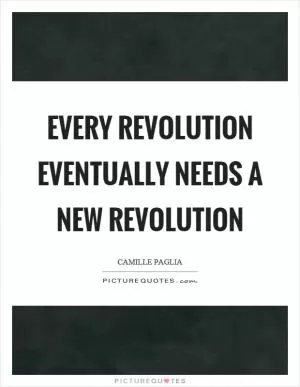


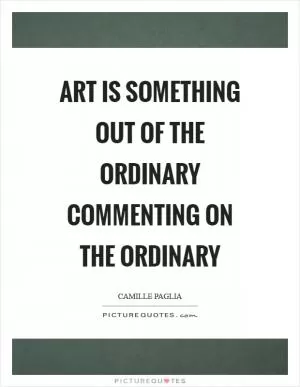
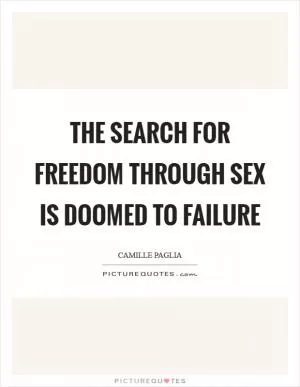
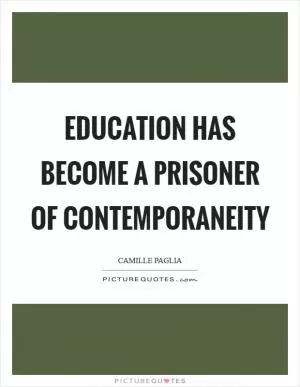


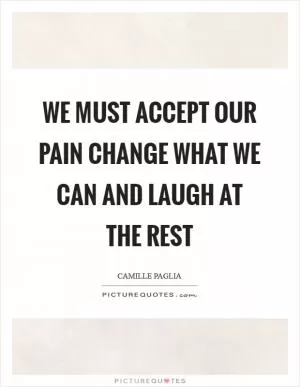



 Friendship Quotes
Friendship Quotes Love Quotes
Love Quotes Life Quotes
Life Quotes Funny Quotes
Funny Quotes Motivational Quotes
Motivational Quotes Inspirational Quotes
Inspirational Quotes